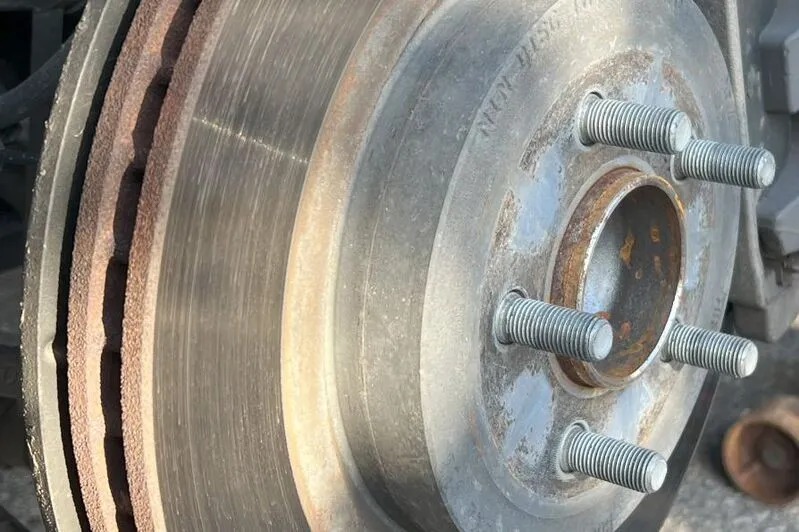What Happens If You Drive on Bad Rotors and How to Spot the Problem Before It Gets Worse
September 15, 2023Your car's brakes are one of the most critical safety components. Among the key elements of your braking system are the rotors. Rotors play a pivotal role in helping your vehicle come to a halt smoothly and efficiently. However, like all automotive parts, rotors can wear out over time. Ignoring bad rotors can lead to serious consequences, not only for your vehicle but also for your safety. In this blog post, we'll explore what happens when you drive on bad rotors and how to identify the problem before it becomes a more costly issue.
What Are Brake Rotors?
Brake rotors, also known as brake discs, are the round, flat metal components located behind each of your car's wheels. When you press the brake pedal, the brake pads clamp onto the rotors, creating friction that slows down and stops your vehicle. Over time, this friction can cause the rotors to wear down, leading to various issues.
What Happens When You Drive on Bad Rotors?
- Reduced Braking Performance: The most noticeable symptom of bad rotors is reduced braking performance. You may experience longer stopping distances or the sensation of your vehicle shuddering or vibrating when you apply the brakes.
- Noisy Brakes: Worn rotors can produce unpleasant noises, such as squeaking or grinding, when you brake. These noises are a clear sign that something is wrong with your braking system.
- Uneven Brake Pad Wear: Bad rotors can lead to uneven wear on your brake pads. If you notice that one brake pad has significantly more wear than the others, it could be a sign of rotor problems.
- Vibrations and Pulsations: If you feel vibrations or pulsations in the brake pedal or steering wheel when braking, it's a strong indicator that your rotors are warped or unevenly worn.
- Overheating Brakes: Worn or damaged rotors can cause your brakes to overheat, which can lead to brake fade, reduced braking power, and even brake fluid boiling.
How to Spot Rotor Problems Early:
- Listen for Unusual Noises: Pay attention to any unusual noises when you brake, such as squeaks, squeals, or grinding sounds. These can indicate rotor wear.
- Feel for Vibrations: If you sense vibrations or pulsations while braking, have your rotors inspected immediately.
- Check for Visual Signs: Inspect your rotors through the wheels for signs of damage, such as scoring, grooves, or excessive rust.
- Monitor Brake Fluid Levels: Keep an eye on your brake fluid levels. If you notice a decrease, it could be due to a brake fluid leak caused by rotor issues.
- Regular Maintenance: Stick to your vehicle's recommended maintenance schedule. Regular brake inspections can catch rotor problems before they become severe.
Ignoring bad rotors can lead to compromised safety, reduced braking performance, and costly repairs down the road. If you notice any of the signs mentioned above, it's essential to address the issue promptly. Regular maintenance and paying attention to your vehicle's warning signs can help you spot rotor problems before they worsen, ensuring your brakes remain in optimal condition and keeping you safe on the road. Remember, when it comes to your brakes, safety should always be your top priority.


